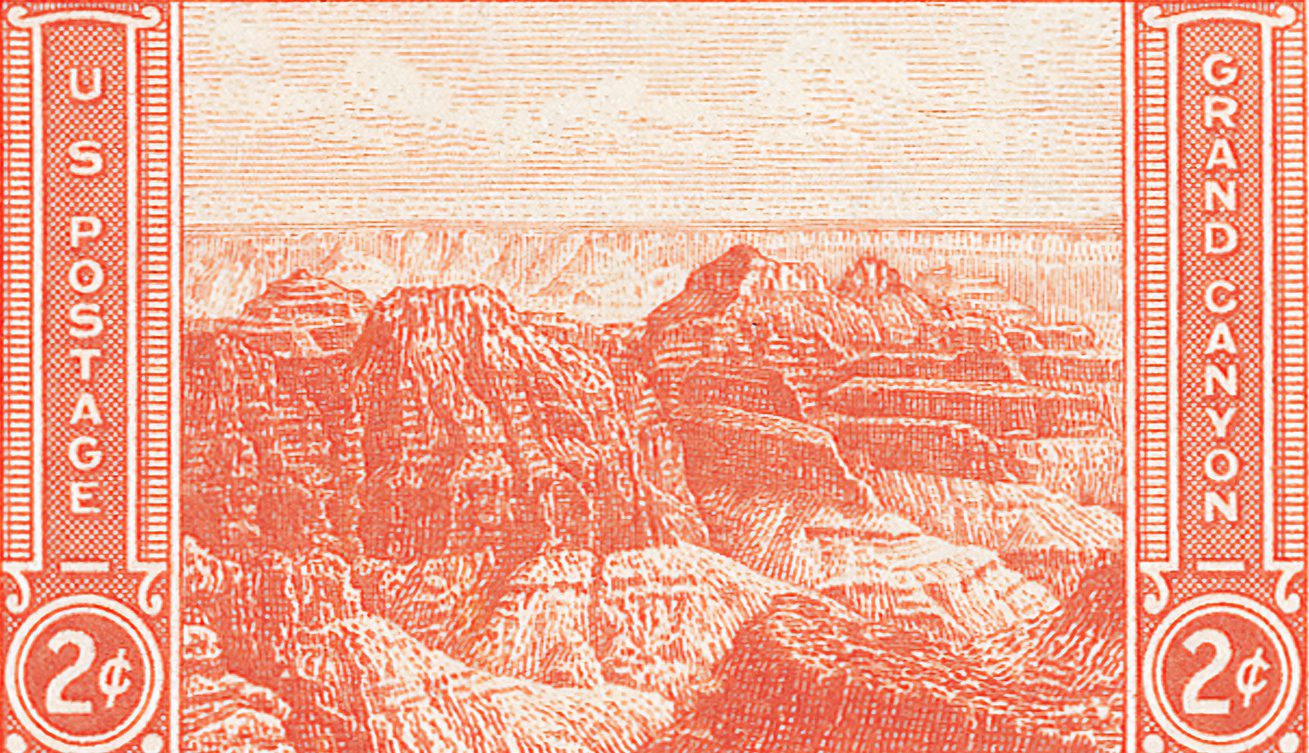Opening of Expo ’74
On May 4, 1974, Expo ’74 opened in Spokane, Washington. “Celebrating Tomorrow’s Fresh New Environment,” it was the first world’s fair to focus on environmental themes.

On May 4, 1974, Expo ’74 opened in Spokane, Washington. “Celebrating Tomorrow’s Fresh New Environment,” it was the first world’s fair to focus on environmental themes.

On March 16, 1934, President Franklin Roosevelt signed the Migratory Bird Hunting Stamp Act, creating America’s popular Duck Stamps.

On February 26, 1919, Woodrow Wilson signed legislation establishing the Grand Canyon National Park. It’s one of the country’s most popular national parks and is considered one of the Wonders of the World.

On January 30, 1975, the USS Monitor National Marine Sanctuary was established off the coast of North Carolina. It was America’s first national marine sanctuary created under the Marine Protection, Research, and Sanctuaries Act, passed three years earlier.

On December 28, 1973, President Richard Nixon signed the Endangered Species Act into law in an effort to protect threatened species from extinction.

On December 12, 2002, the US first celebrated National Poinsettia Day, honoring two of the men who helped make these festive plants popular in the US – Joel Roberts Poinsett and Paul Ecke, Jr.

On October 15, 1966, the Wolf Trap Farm National Park for Performing Arts was established in Virginia. It’s the only National Park dedicated exclusively to the performing arts.

On September 20, 2011, the USPS issued its fourth Semipostal stamp. The Save Vanishing Species stamp has raised over $7 million in the years since it was first placed on sale.

On September 3, 1964, President Lyndon Johnson signed the Wilderness Act. The act protected 9 million acres from development and created the National Wilderness Preservation System that consists of more than 111 million acres today.